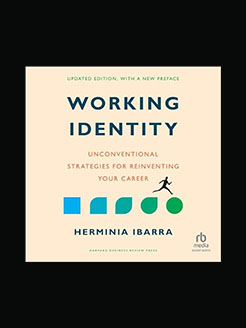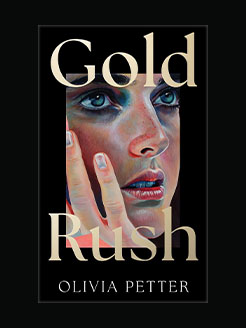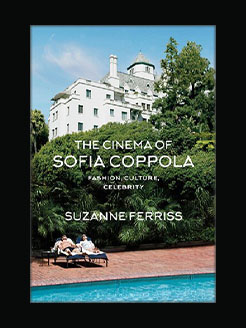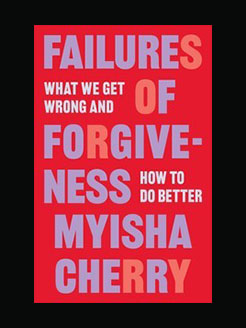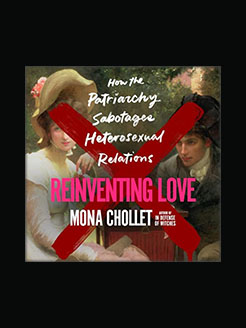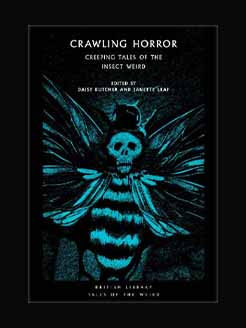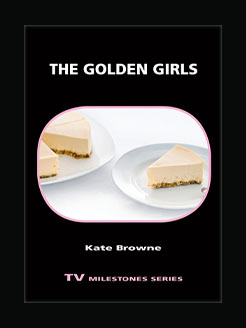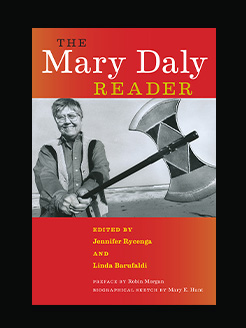Published in 2015
848 pages
Sarah Weinman is the author of The Real Lolita: A Lost Girl, An Unthinkable Crime, and A Scandalous Masterpiece, which was named a Best Book of 2018 by NPR, BuzzFeed, The National Post, Literary Hub, the San Francisco Chronicle, and Vulture, and won the Arthur Ellis Award for Excellence in Crime Writing. She also edited the anthologies Unspeakable Acts: True Tales of Crime, Murder, Deceit & Obsession (Ecco) Women Crime Writers: Eight Suspense Novels of the 1940s & 50s (Library of America) and Troubled Daughters, Twisted Wives (Penguin).
Weinman writes the twice-monthly Crime column for the New York Times Book Review. A 2020 National Magazine Award finalist for Reporting, her work has also appeared most recently in New York, The Wall Street Journal, Vanity Fair, the Washington Post, and AirMail, while her fiction has been published in Ellery Queen’s Mystery Magazine, Alfred Hitchcock’s Mystery Magazine, and numerous anthologies. Weinman also writes (albeit less regularly) the “Crime Lady” newsletter, covering crime fiction, true crime, and all points in between.
What is this book about?
In place of the mean and violent streets evoked by Dashiell Hammett and Raymond Chandler, the pioneering women crime writers of the 1940s and ’50s uncovered the roots of fear and mania in a quiet suburban neighborhood or a comfortable midtown hotel or the insinuating voice of a stranger on the telephone. This volume, the second of a two-volume collection, brings together four classics of the 1950s that testify to the centrality of women writers in the canon of American crime fiction. Each in its own way examines not only an isolated crime but the society that nurtures murderous rages and destructive suspicions.
Charlotte Armstrong’s Mischief (1950) stages a parental nightmare in a midtown Manhattan hotel, as an out-of-town mother reluctantly leaves her child in the care of a stranger so that she can accompany her husband to a banquet where he is the guest of honor. This fateful decision unleashes the barely submerged forces of chaos that haunt modern urban life.
In The Blunderer (1954), Patricia Highsmith tracks two men, strangers to each other, whose destinies become intertwined when one becomes obsessed with a crime committed by the other. Highsmith’s gimlet-eyed portrayals of failed marriages and deceptively congenial middle-class communities lend a sardonic edge to this tale of intrigue and ineptitude.
In Beast in View (1955), Margaret Millar’s intricately constructed tour de force of insidiously mounting tension, a voice from a woman’s past unleashes a campaign of terror by telephone. As the threats mount, the facades of ordinary life are stripped away to reveal unsuspected depths of resentment and madness.
Two teenagers fresh out of stir after a bungled robbery set their sights on what looks like easy money in Dolores Hitchens’s Fools’ Gold (1958)—and get a painful education in how quickly and drastically a simple plan can spin out of control. The basis for Jean-Luc Godard’s film Band of Outsiders, this sharply told tale is distinguished by its nuanced portrait of a sheltered young woman who becomes a reluctant accomplice and fugitive.
Visit the companion website for more on these works and writers, including jacket art and photographs, chronologies of crime novels by women and movie adaptations, and new appreciations by Megan Abbott, Charles Finch, Laura Lippman, Sara Paretsky, Lisa Scottoline, Karin Slaughter, Duane Swierczynski, and Lisa Unger.
